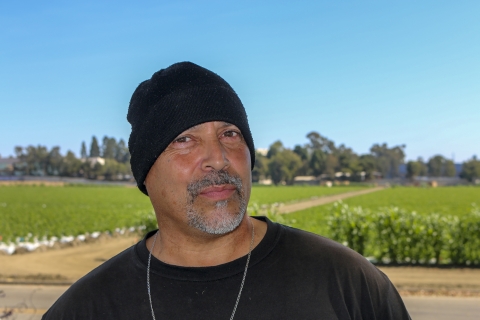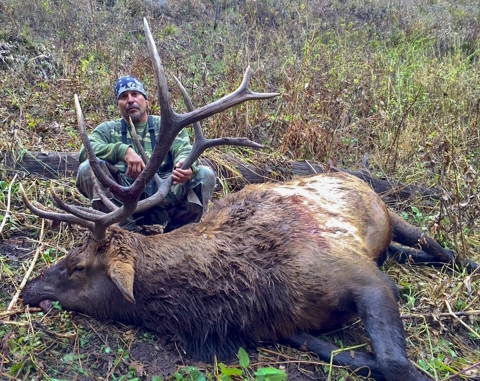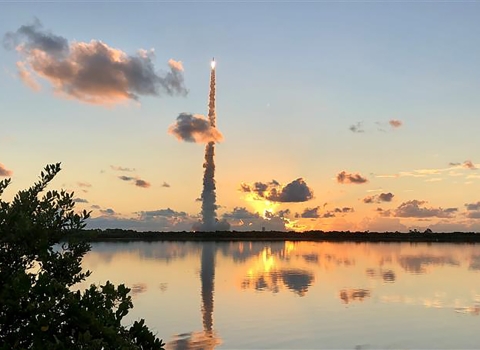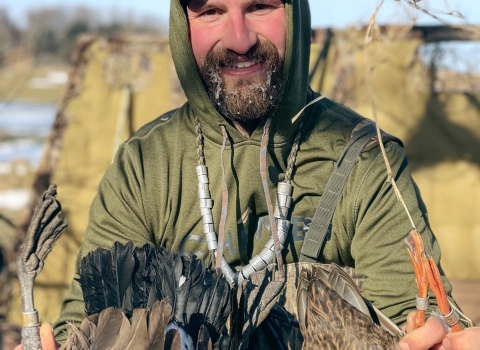By Hazel Rodriguez
Anthony Prieto will never forget the first time he saw a California condor flying wild and free. The year was 1999 at Los Padres National Forest, located between central and Southern California, along the Sierra Madre Ridge. The former gang member set foot on the 1.75 million-acre forest as a U.S. Fish and Wildlife Service volunteer and never looked back.
“I dreamt about this moment all my life,” said Prieto, “and it brought tears to my eyes to finally see one. I thought about my grandpa, who died a month before. He really inspired me to get into conservation, and I knew he was looking down on me that day.”
His grandfather, an immigrant from Michoacán, Mexico, had often told Prieto many stories of flying giants that encircled the sky near Prieto’s birthplace; the city of Santa Paula by the Topatopa Mountain Range in California.
During the early 1980s, a major conservation recovery project began to save the last couple of dozen California condors from extinction. Biologists conducted field investigations to better understand the rapid decline of the species. Radio transmitters were placed on multiple condors’ wings, and wild eggs were collected and incubated to increase the population.
For Prieto, life was also taking a turn for the worst. He found himself dropping out of the University of California, Santa Barbara and pursuing a different life of gangbanging and committing a series of petty crimes.
“There was a situation where I had to make a choice,” he said. “There were some things in my life going on, and it was going to end up bad.”
Prieto turned to faith and spiritual healing to get back on the right path. He took up hunting with military veterans who served in the Vietnam War, learning the ethics of modern wildlife management and the effects of human carelessness.
In April 1987, while “Good Morning, Vietnam” made headlines for top grossing movie of the year, conservationists were saddened to hear the grim reality of the largest bird in North America. The last remaining wild California condor AC-9 was captured by biologists from the U.S. Fish and Wildlife Service’s California Condor Research Center to join 26 other members of the species that were held within two California zoos. This was a high stakes intervention to recover the bird species from extinction.
The research that was available highlighted lead-based ammunition as the main cause of California condor decline. Prieto did not take this news lightly—he had to do something.
Organizations like the Hunting with Nonlead started educating the public on the effects of lead poisoning to condors, as did Prieto. “While in the field during the early 2000s, biologists and interns were intimidated to walk up to people holding guns, but I had no problem with that,” he said.
Prieto gained instant credibility with hunters as soon as he spoke. Due to his years of hunting experience shooting with lead and copper bullets, he was being able to provide comparisons in both Spanish and English.
“There are more Mexicanos hunting on public land,” said Prieto. “It is at least 80-95% Latino/Hispanic hunting. Unfortunately, the working class Mexicanos do not know the effects of lead poisoning. It’s like what César Chávez and Dolores Huerta were doing, informing the field workers of the effects of pesticides.”
And Prieto was doing just that, informing his people about the effects of lead ammunition to wildlife, ecosystems and to the very families that hunters feed.
On July 1, 2019, the state of California banned lead ammunition when taking wildlife with a firearm anywhere in the state. For Prieto, this has been a long time coming, yet there is more work to do for the recovery of the endangered California condor.
Today, former gang member turned conservationist Anthony Prieto mentors at-risk teens and teaches his three sons the importance of environmental stewardship and human rights. He continues to volunteer with U.S. Fish and Wildlife Service and educate hunters.
“However you leave this planet, leave it a little better than what it was when you first got here,” said Prieto. “Do something to make a positive impact on humanity and the environment.”






